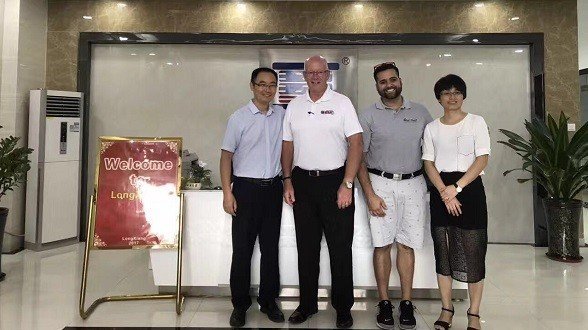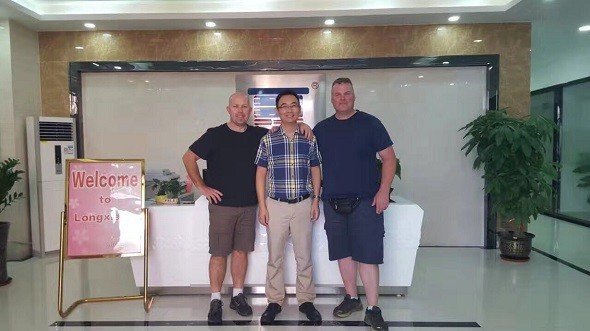When you think of injection molding, you might imagine small enclosures, caps, or compact mechanical components. But what if your design calls for large, flat plastic parts—say, a panel, cover, or structural plate? That’s a different beast altogether. The challenges multiply: warpage, cooling differentials, mold stiffness, shrinkage, clamping force—and that’s just the start.
Why “Large Flat Parts” Are Challenging in Injection Molding
Before we get into solutions, we need to understand what makes large flat parts tougher than regular molded components. Here are the critical issues you’ll wrestle with:
1. Material flow and filling over long distances
In large flat geometries, molten plastic must travel farther in the mold cavity. That can lead to incomplete fills, flow hesitation, or filling defects unless your gate and runner system is optimized.
2. Cooling uniformity and warpage
Because the part has extensive flat areas, cooling is uneven. Some zones cool quickly, others slowly. This disparity can introduce internal stresses, warpage, and distortion.
3. Clamping force and mold rigidity
Flat large parts often experience high internal pressures during injection. Your mold must withstand those pressures without deflecting. That means rigid tooling, strong clamping systems, and careful mold design.
4. Shrinkage, dimensional control, and tolerances
When the part cools, shrinkage (especially uneven shrinkage) becomes more pronounced in large, thin, or broadly flat parts. Maintaining flatness tolerances is harder as size increases.
5. Warp, sink marks, and internal stresses
These defects are more likely in large flat areas because of differential cooling and molecular orientation .
How to Design Large Flat Parts for Injection Molding (Best Practices)
You want your design to be manufacturable. Use these design principles early on to reduce risk:
Uniform wall thickness
Avoid dramatic changes in thickness. If a section must be thicker, transition gradually (taper or fillet). Sharp transitions lead to sink, stress, and warpage.Strong ribs or stiffeners
To reduce warpage, add ribs, gussets, or other structural features. But don’t overdo them—too many ribs cause localized thick zones.Gate placement and runner design
Use multiple gates if needed to ensure uniform flow. Sometimes edge gates or side gating are better for flat parts. Use flow simulation to validate.Conformal cooling or advanced cooling channels
Uniform cooling is essential. Traditional straight-drilled cooling might not be enough across a flat part. Conformal cooling (cooling channels following the contour) helps.Mold stiffness
The tooling must be extremely rigid so it doesn’t deflect under pressure. Use hardened steel, large cross-sections, and support structures.Material choice
Select resins with lower shrinkage, good flow behavior, and stable thermal characteristics. For example, materials with stable dimensional behavior under cooling can reduce defects.Draft angles & ejection design
Even flat parts need draft to eject cleanly. Use uniform draft, and ensure ejection doesn’t twist or warp the piece.Simulation and prototyping
Use mold-flow simulation tools to detect potential problems early. Build prototypes or use soft tooling to validate before committing to full production.
The Process Flow: How LXG Handles Large Flat Part Molding
Here’s the journey your project will take when you partner with LXG Mold Tooling to mold large flat parts:
1. Initial Consultation & Feasibility
You send us your CAD files or concept sketches. Our engineers assess the part geometry, critical tolerances, and feasibility. We’ll also discuss your application environment (temperature, load, etc.).
2. DFM Review & Simulation
We run design for manufacturability (DFM) checks. For large flat parts, we also perform flow & warpage simulation to spot potential weak spots, fill issues, or cooling hotspots.
3. Prototype or Soft Tooling
Before building the final mold, we often build a prototype or soft tool (aluminum or hybrid steel) version of your large flat part. This gives you a tangible sample to test form, fit, and function without incurring full mold costs.
4. Mold Design & Tooling
Once the prototype phase is approved, we design the hardened steel injection molding tools. This includes designing gating, runner systems, cooling channels (often conformal), stiffening supports, and ejection systems.
5. Mold Build & Trials
We manufacture the tool with precision machining (CNC, EDM, polishing). We run trial shots, inspect parts (CMM, FAI, SPC), and verify dimensional accuracy, flatness, and consistency.
6. Process Optimization
We fine-tune injection parameters—temperature, pressure, cooling time, hold time—to minimize warpage and internal stresses. We may adjust gate timing or cooling strategies based on trial feedback.
7. Full Production
Once validated, the mold is ready for mass runs. We ensure stable cycles, consistent part quality, and rigorous quality checks. During full production, we monitor each shot for variation, defects, and tool wear.
8. Finishing, Quality Assurance, Packaging & Delivery
We handle any secondary operations (trim, surface finishing, assembly) and rigorous quality checks. Then we package and ship your parts worldwide, with all traceability.
Real-World Challenges & Solutions (Case-Oriented)
Let me walk you through a couple of common challenges when molding large flat parts—and how LXG would solve them:
Challenge: Warp or curvature across the flat panel
Solution: We ensure uniform cooling. We design cooling circuits close to the surface, use conformal cooling where possible, balance gate flow, and sometimes intentionally overpack thin zones to counteract shrinkage.
Challenge: The tool deflects under injection pressure
Solution: We build a robust mold structure—thick ribs, heavy tool support, steel backing plates—to prevent deflection. We also carefully balance injection pressure and gating.
Challenge: Uneven surface finish or flow lines
Solution: Adjust gate locations, use polished surfaces, and tailor melt temperature and injection speed. Flow simulation helps choose gate strategies that minimize cosmetic defects.
Challenge: Part too large for standard machines
Solution: We have access to large-tonnage presses and large injection systems. We design molds and processes that scale. Many standard molding lines aren’t suited for big flat parts, but we do it at LXG.
Why LXG Mold Tooling Is the Right Choice for Large Flat Parts
You might wonder, “Why trust LXG with a complex flat part when there are so many molders out there?” Here’s why:
Specialized expertise
We have extensive experience in molds, tooling, and injection molding—especially for non-standard, large, and flat geometries.Advanced tooling capabilities
We invest in precision machining, conformal cooling, simulation, and process control so you don’t have to worry about surprises.Full-service, under one roof
Design, simulation, prototyping, mold build, molding, finishing—everything happens within LXG. That reduces risk and miscommunication.High capacity presses
We operate large-tonnage injection molding machines capable of handling big molds and high shot volumes.Quality control & traceability
We use CMM, SPC, FAI protocols to ensure your parts meet spec, shot after shot.Competitive pricing & scalability
Your project can scale from prototype to mass production smoothly. No need to switch vendors as you scale.
Design Tips for Customers Ordering Large Flat Parts
If you’re planning to order, here are practical tips to help make the process smoother and more successful:
Share as much detail as possible (material, intended use, tolerances) with your molder up front
Use simulation to validate designs early
Ask for a prototype or soft tool before going to hardened mold
Define acceptable tolerances for flatness, thickness, warpage
Favor geometries that avoid large unsupported spans or extreme aspect ratios
Be open to feedback—your molder (like us) can often optimize your design for manufacturability
Frequently Asked Questions (Brief Version)
How large is “large flat”?
Anything beyond typical mold plate sizes or with spans of 300 mm or more is often considered “large flat.”Can we mold a 1-meter square flat panel?
Yes—provided the tooling, cooling, and mold design are done right, and your molder has the equipment.What tolerances can you maintain?
Flatness tolerances depend on size, material, and design—but we target the tightest spec we can guarantee in CMM reporting.Which materials work best?
Engineering plastics with stable shrinkage (e.g., ABS, polycarbonate blends, glass-filled polymers) are good options.Do you produce multiple large panels in one cycle?
Yes—if you design for it. Multiple cavities or stack molds are possible if spacing and gating are done carefully.
Summary
Molding large flat plastic parts is not for the faint-hearted, but when done right, it’s absolutely achievable—and commercially viable. The trick lies in smart design, tooling strength, cooling, warpage control, and precise process optimization. With a partner like LXG Mold Tooling, which has the expertise, equipment, and quality processes, you can move from concept to high-quality part with confidence.
If you’re ready to explore your large flat part project—prototype, tooling, or volume production—let’s talk.
3 Steps For Precision Manufacturing

Share Your Files
We’ll sign an MNDA and assess manufacturability for free.

Recieve A Quote
Clear pricing and lead times, no
surprises.

Place Your Order
Lock in production and move forward with confidence.
Get A Quote Now and let’s build smarter, faster, and stronger — together.
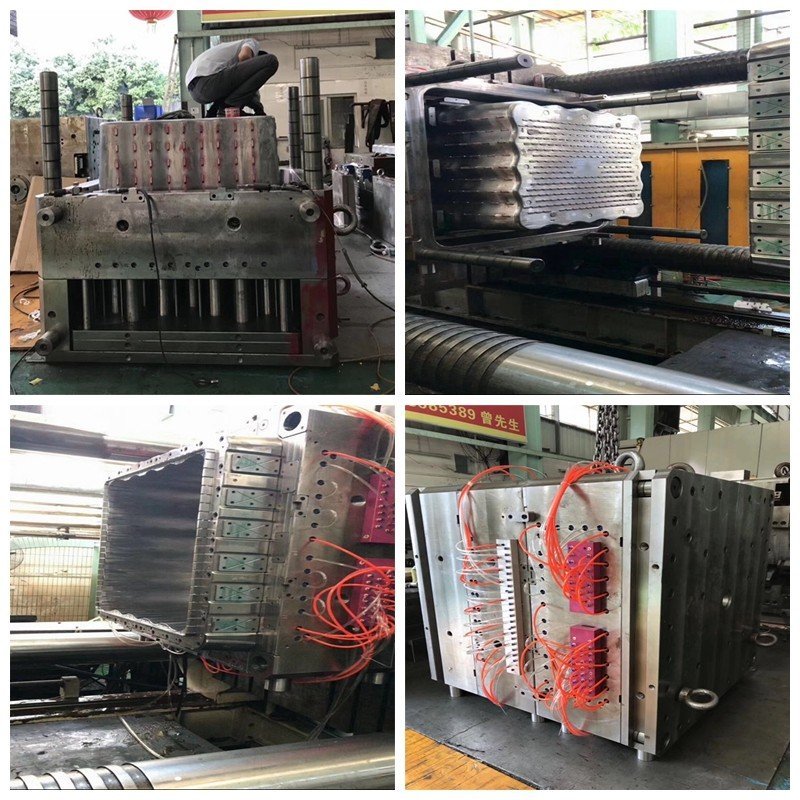
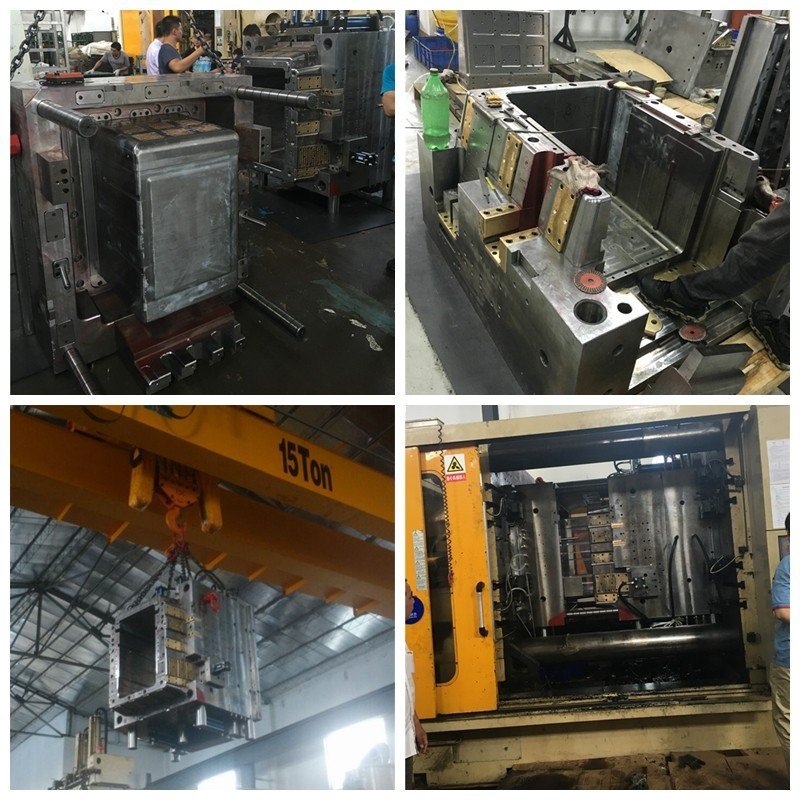
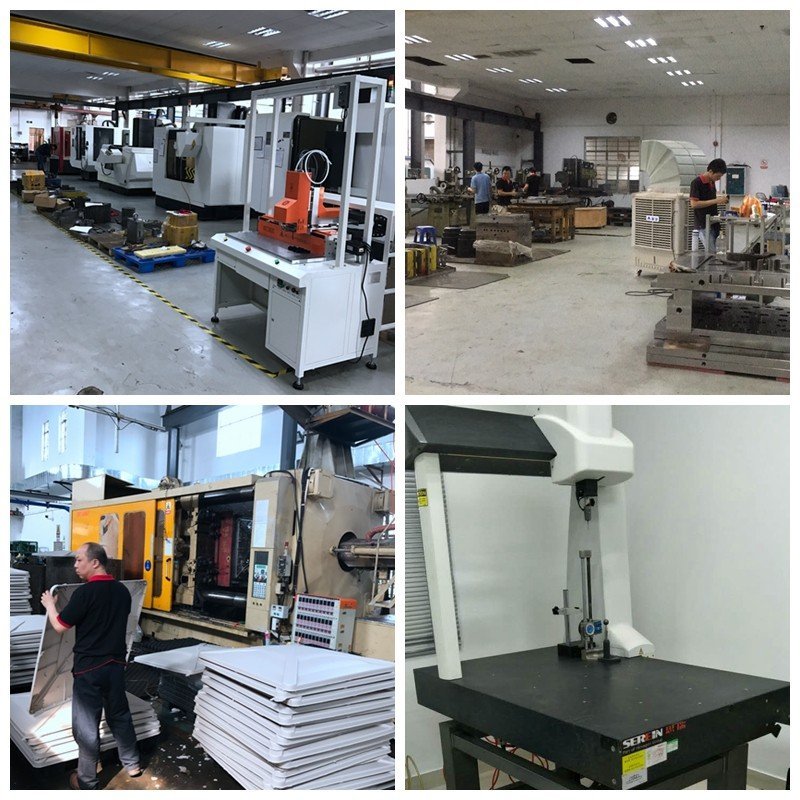
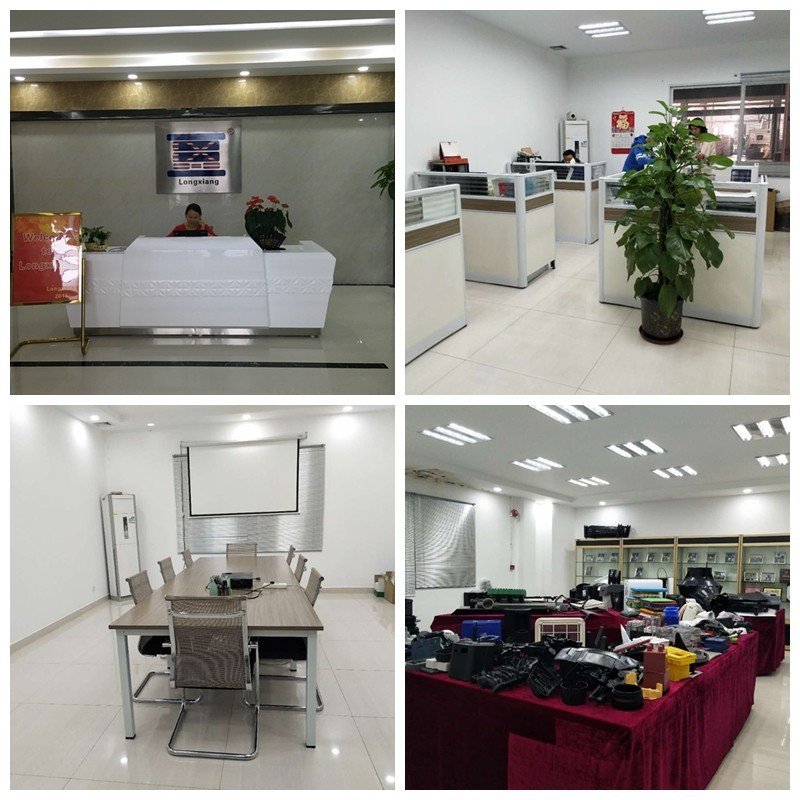
Our Testimonials
our client say's
At LXG Mold Tooling, we believe great products start with great tools. As a global leader in injection mold tooling and high-precision plastic manufacturing, we’ve built our reputation on quality, speed, and trust.
Founded in 2000 as part of LongXiang-Ltd, our company has grown into one of China’s most reputable mold-making and injection molding partners. With a 5,000 sq. meter facility, 120+ skilled professionals, and state-of-the-art equipment, we provide end-to-end solutions — from concept validation and rapid tooling injection molding prototypes to mass production with durable injection molding tools.
